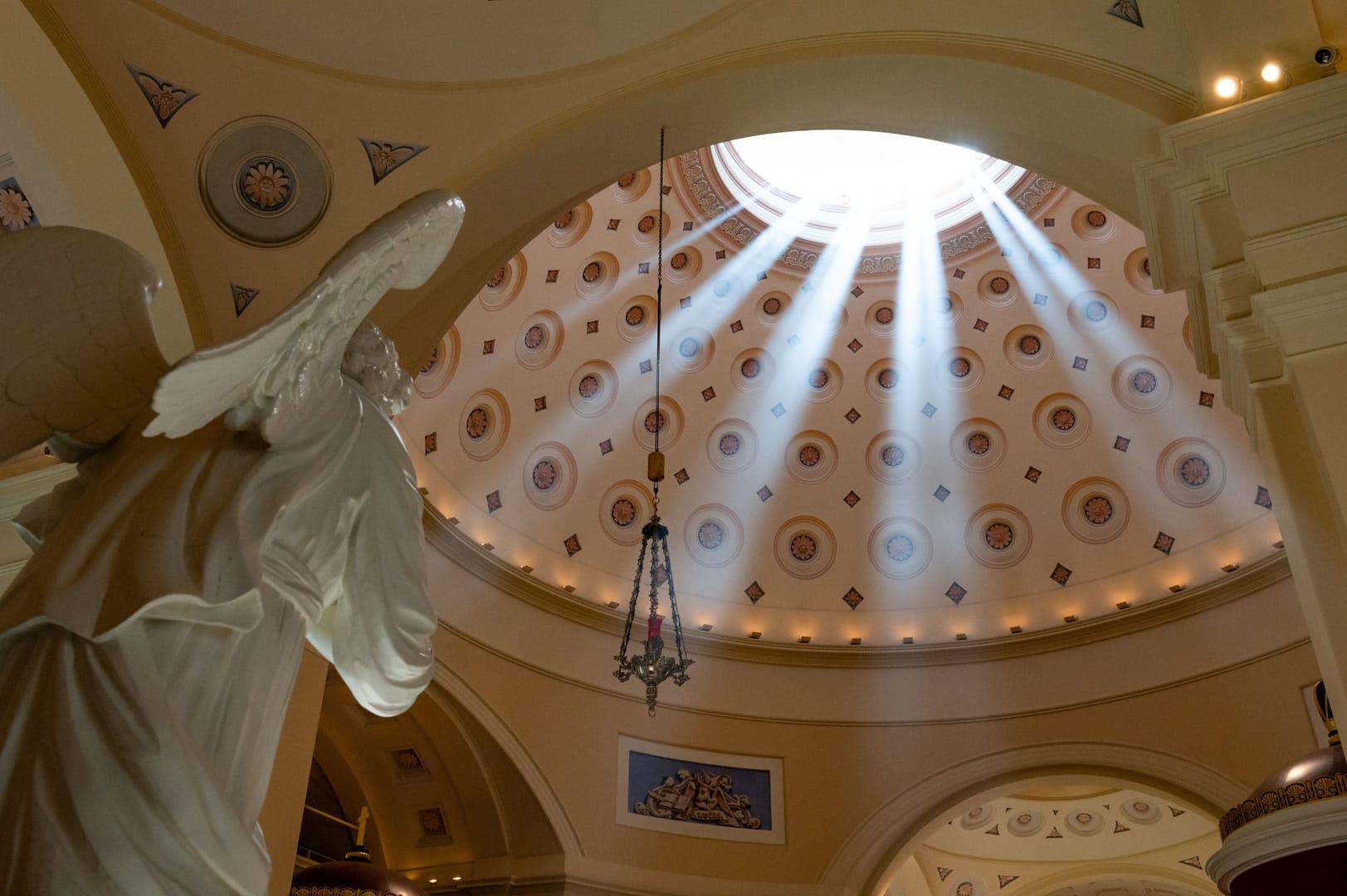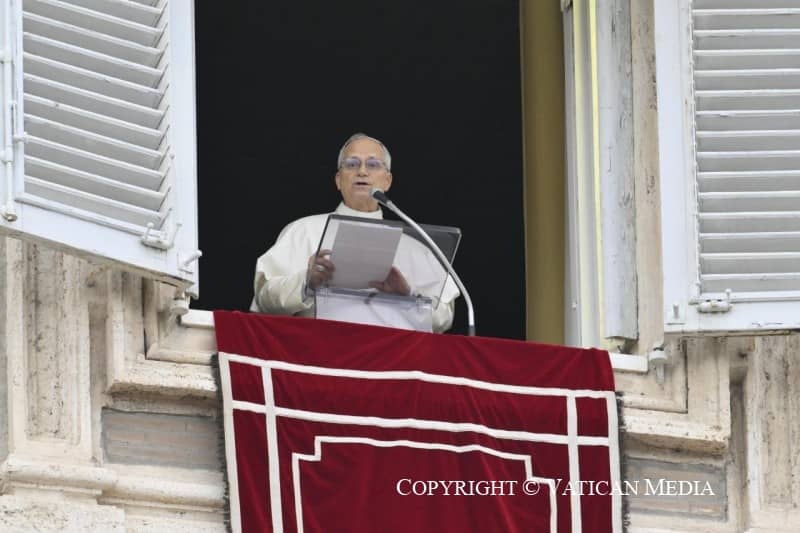BALTIMORE — Neither Archbishop John Carroll, the first Catholic bishop in the United States, who started the project to build America’s first cathedral, nor Archbishop Ambrose Maréchal, the third archbishop of Baltimore, who brought it to completion, could have predicted its impact over the centuries, the current archbishop said.
Baltimore Archbishop William E. Lori, celebrated a Mass May 31 to mark the 200th anniversary of the dedication of the Basilica of the National Shrine of the Assumption of the Blessed Virgin Mary.
Immediately after the Mass, he dedicated a chapel in the basilica’s undercroft for perpetual eucharistic adoration, making the spiritual practice available for the first time ever in the city, as far as parish leaders and researchers can determine.
In his homily, Lori said Maréchal had announced in a pastoral letter released at the time of the basilica’s dedication in 1821 that the Gospel would be proclaimed from the pulpit, sins would be forgiven through the sacraments of baptism and penance, and the faithful would receive “courage in their temptations; comforts in their afflictions and infirmities; light in their doubts; and all the graces necessary to persevere in the service and love of God” and that those suffering from spiritual infirmities would be made whole.
Lori said, “These most fundamental purposes of this basilica continue in our times, and today, we give thanks for the torrent of graces communicated and received in this sacred space.”
The Baltimore basilica — now one of two co-cathedrals for the archdiocese — has witnessed the consecration of more bishops than any other structure in the United States, he said.
It also was the site of seven provincial and three plenary councils of Baltimore, “meetings in which the nation’s bishops laid the foundations of the Catholic Church in the United States and gave it its institutional shape.”
The Catholic education system in the U.S. was developed in those councils as was the Baltimore Catechism, which laid the groundwork for millions who grew up in the Catholic faith.
“There are, to be sure, bigger and grander cathedrals and churches across our land,” Lori said, “but none is so venerable as this haven of tranquility amid the chaos of modern life, none so noble as this house of prayer where reigns the peace of Christ in troubled times.”
The archbishop noted that Carroll retained Benjamin Henry Latrobe, architect of the U.S. Capitol, to provide a neoclassical structure “to be filled with light, so as to reflect the light of faith and the light of reason, and yes, the sunlight of authentic freedom.”
He encouraged the more than 400 people in attendance to look up at the main dome of the basilica and imagine the solid foundations of the building. In fact, he noted, upon visiting the church’s undercroft, one can see the inverted arches that support and sustain the dome.
“Yet, the foundations of this basilica are far more solid and deep than that” — Jesus Christ, Son of God and Son of Mary, he said. “This cathedral finds in its patroness, the Blessed ever-Virgin Mary, an even more sublime model and pattern for its form, its prayer and its mission.”
“And like Mary, having received our Lord into our hearts, we too become temples, as it were, ‘tabernacles,’ who are called to bring Christ outward, no longer to the hill country of Judea but now to the streets of Baltimore and beyond, streets where we meet ‘Jesus in his distressing disguises’ as St. Teresa of Kolkata often said, whether in the poor and homeless or in those who are spiritually impoverished,” Lori said.
The Source of All Hope ministry at the basilica’s parish was founded by its current rector, Father James Boric, who encourages lay ministers to commit to spending time in prayer before going into the city streets to meet those who are homeless and talk with them and give them socks, bottles of water and lunches.
Colin Miller and Abby Steele, co-directors of the ministry, were among the first adorers when the archbishop dedicated the newly renovated chapel at the basilica for perpetual adoration.
Maria Murillo, a basilica parishioner, was the first “official” adorer signed up for the first hour. She said she would pray for world peace in her time before the Eucharist.
The new chapel is dedicated to St. John Paul II, who visited the basilica in 1995. The gleaming metallic tabernacle stands on a base inscribed with the saint’s motto, “Totus Tuus” (“All yours”).
After the Mass and dedication, Boric said, “It is amazing to finally have perpetual adoration in the city. ” He added that now that the tabernacle is open and the Eucharist is on view, the hope is to never have to close it, because there will always be someone praying before the Blessed Sacrament.
Lori said he believes untold blessings will come from having perpetual adoration at the basilica, including vocations, evangelization and peace. He said the basilica parish is already producing vocations to the priesthood and religious life and he hopes this will inspire more.
Basilica parishioners Katie and Chris Marquette attended the Mass with their 2-month-old daughter, Josie, who sported a onesie that said, “G is for Gregorian chant.” The Mass featured most of its music in chant and polyphony.
The couple, who are part of the basilica’s young adults’ group, said the members are excited about their faith and many young families like their own are growing in the parish.
The Marquettes became Catholics with the help of Father Boric.
“We’re excited by what Father James has done,” Katie said. “We love the basilica and everything it stands for.”
Gunty is associate publisher/editor of Catholic Review Media, the media arm of the Archdiocese of Baltimore.















